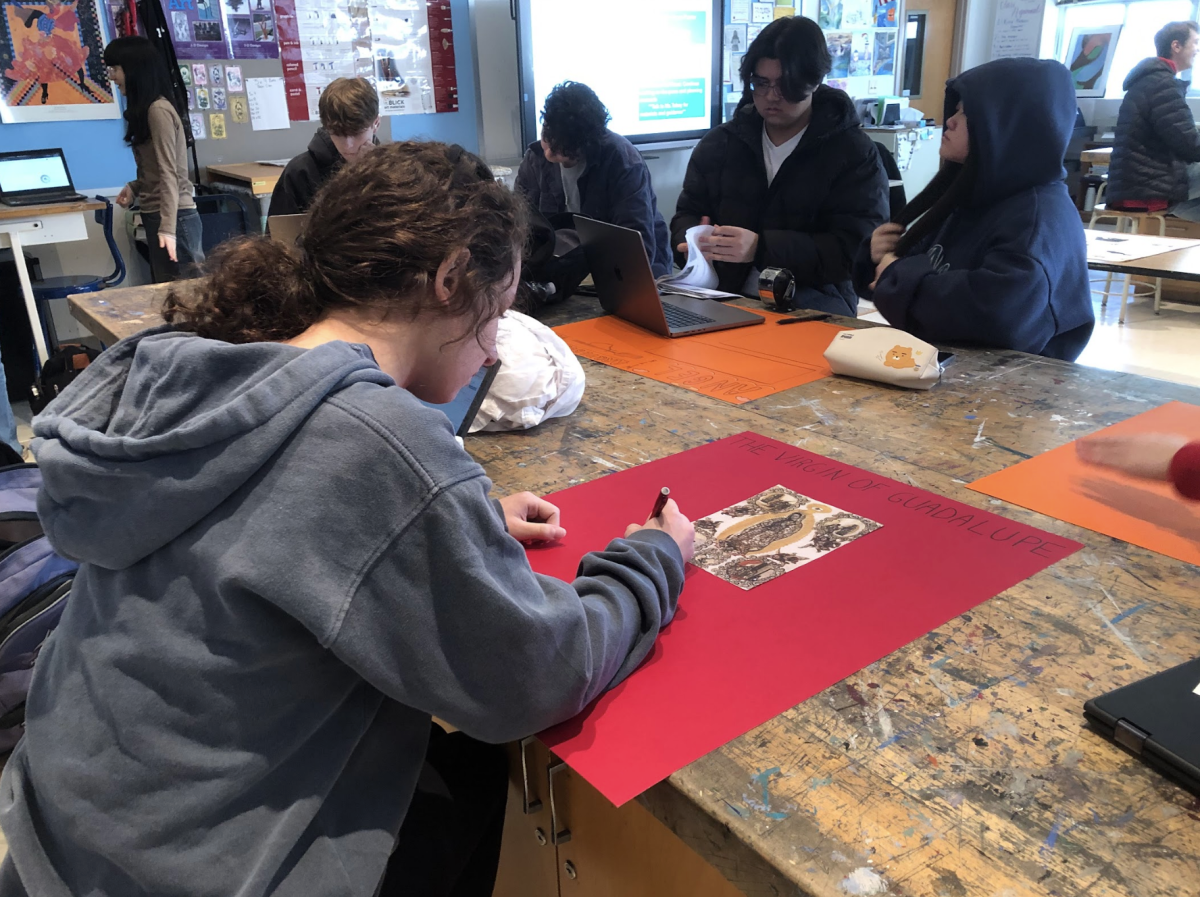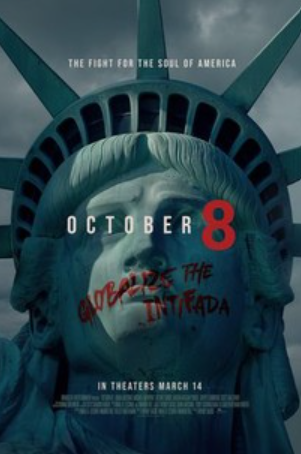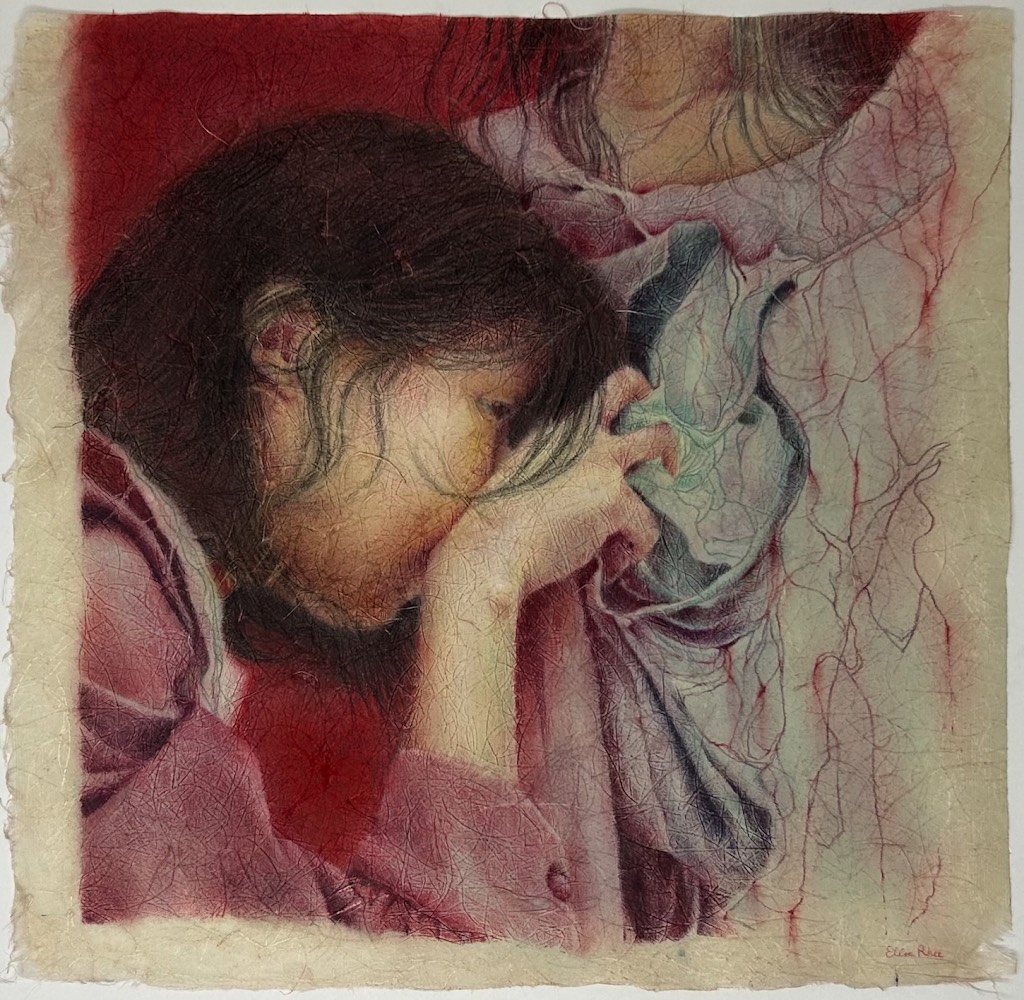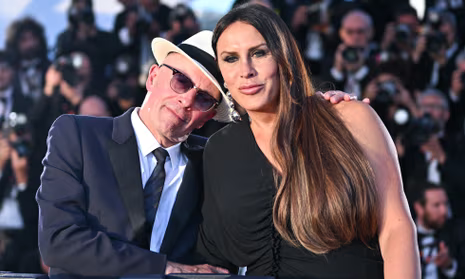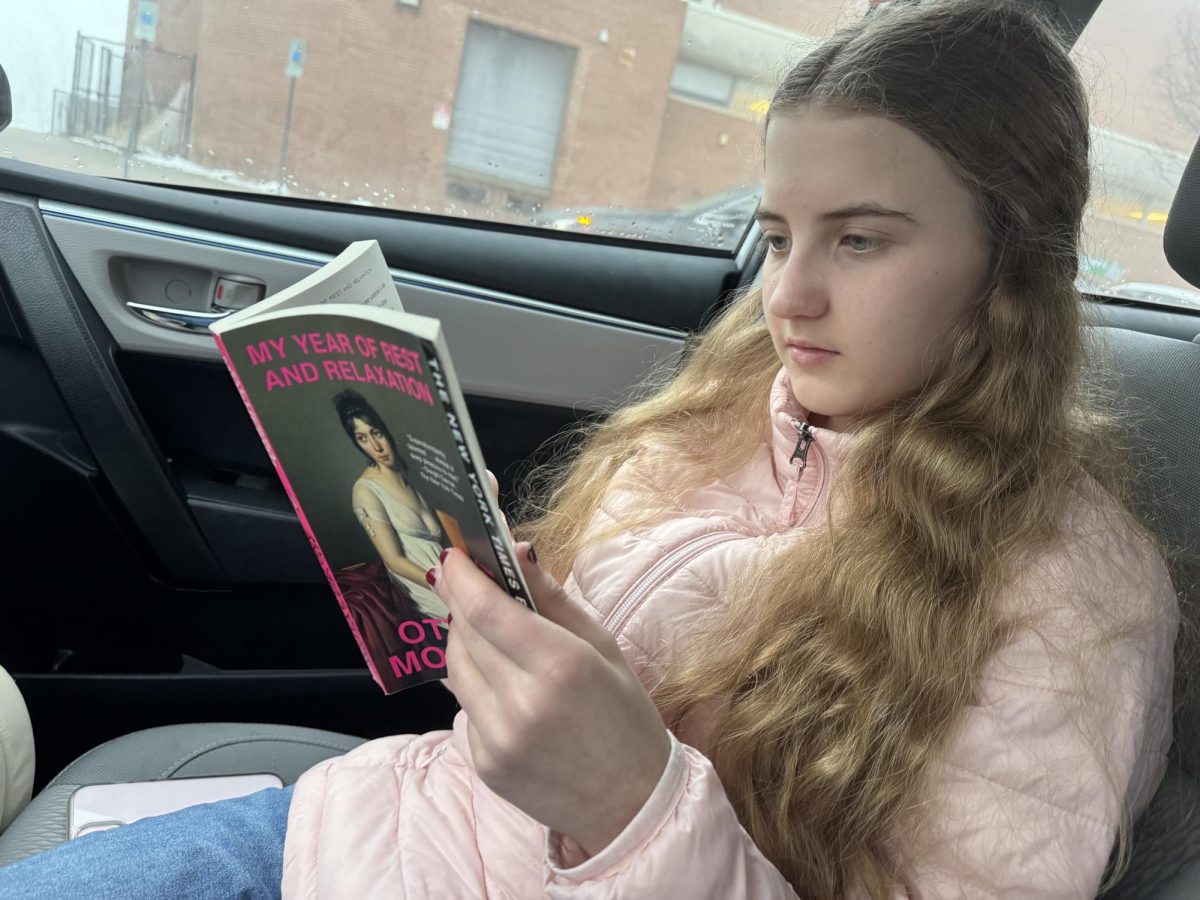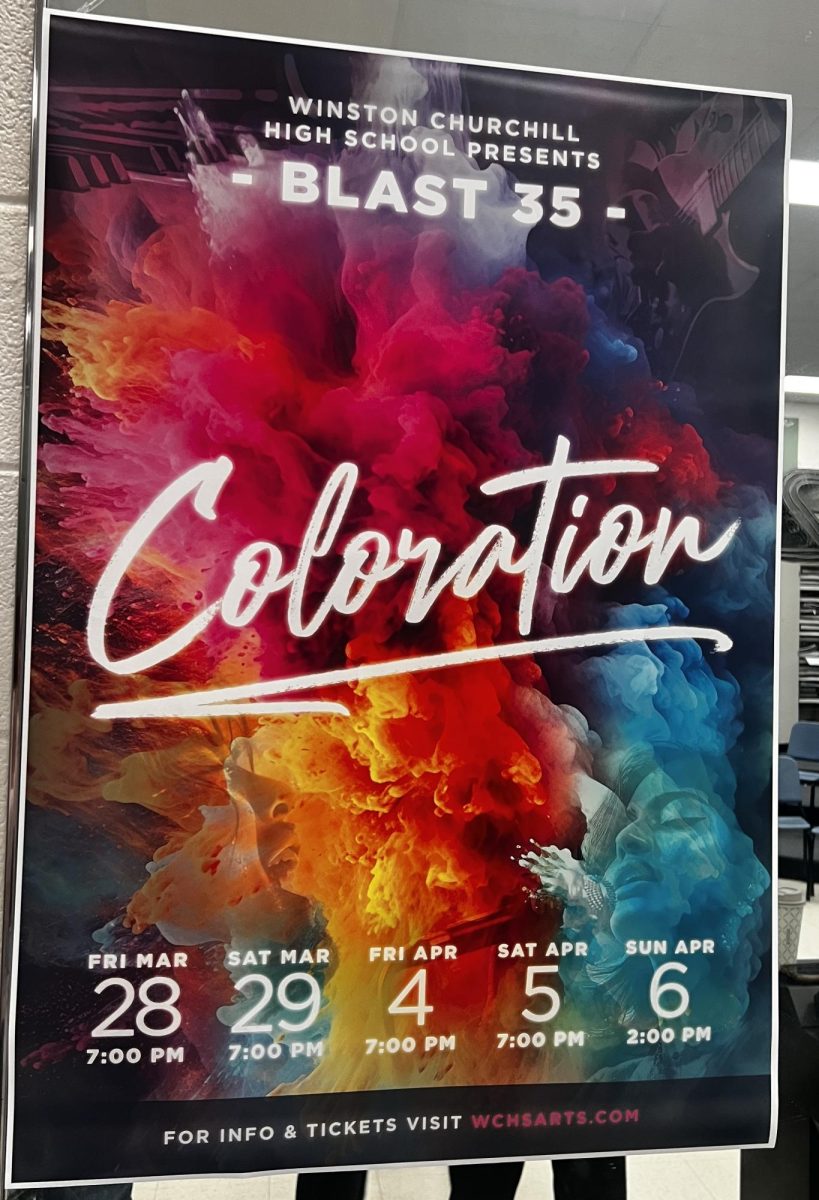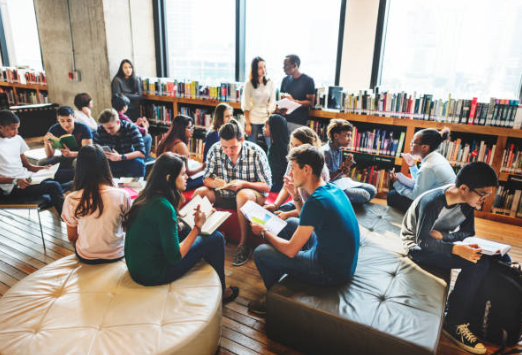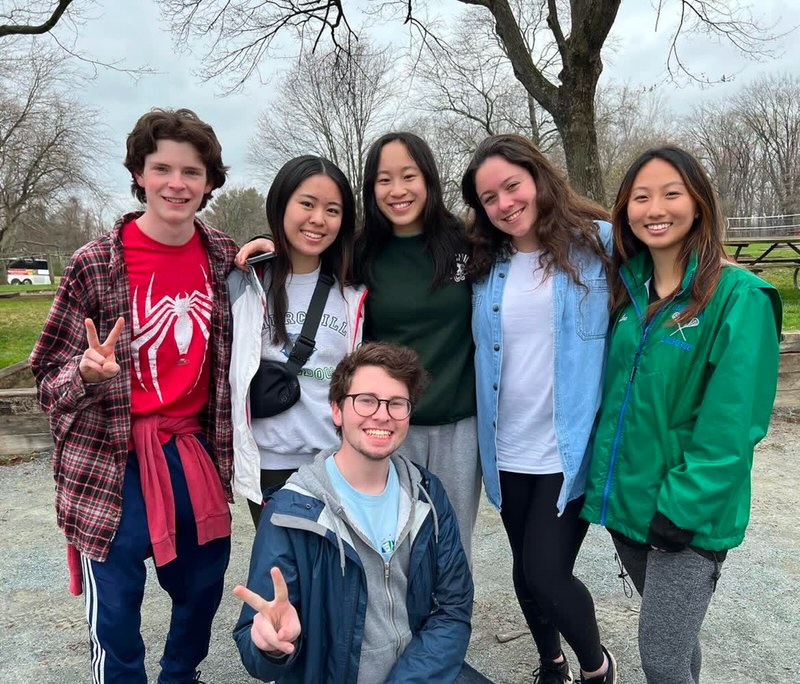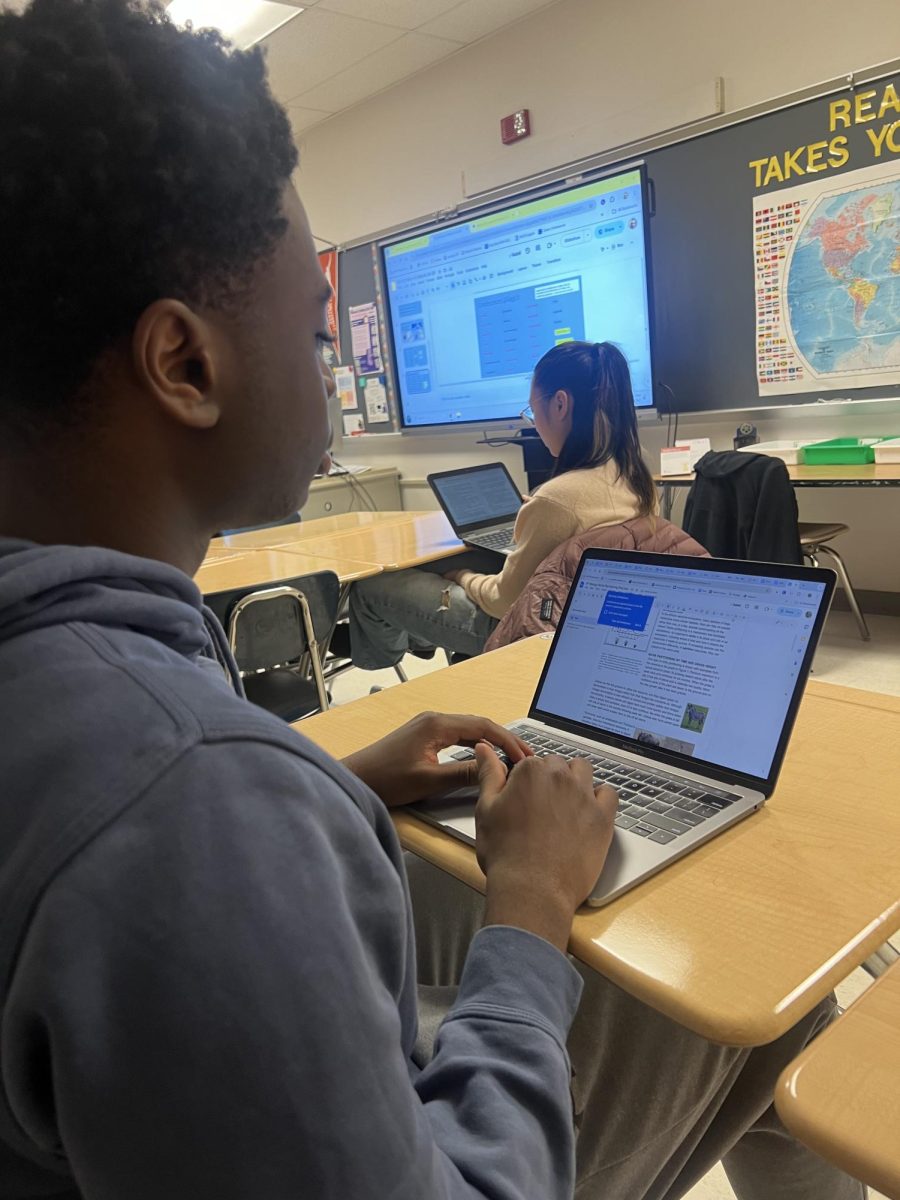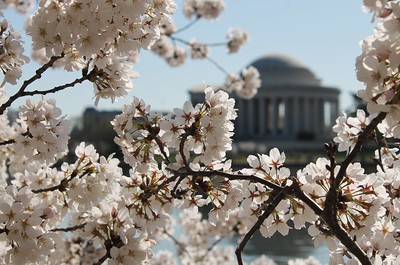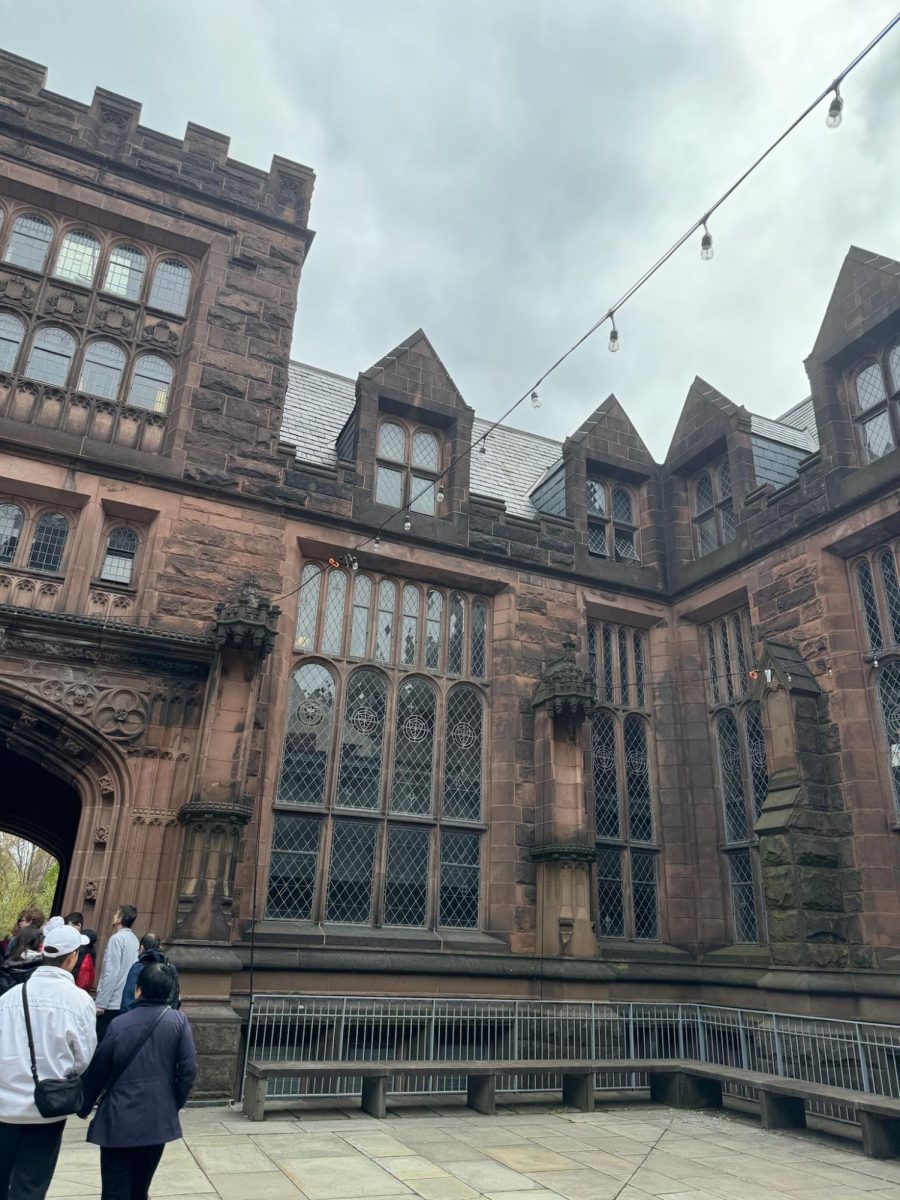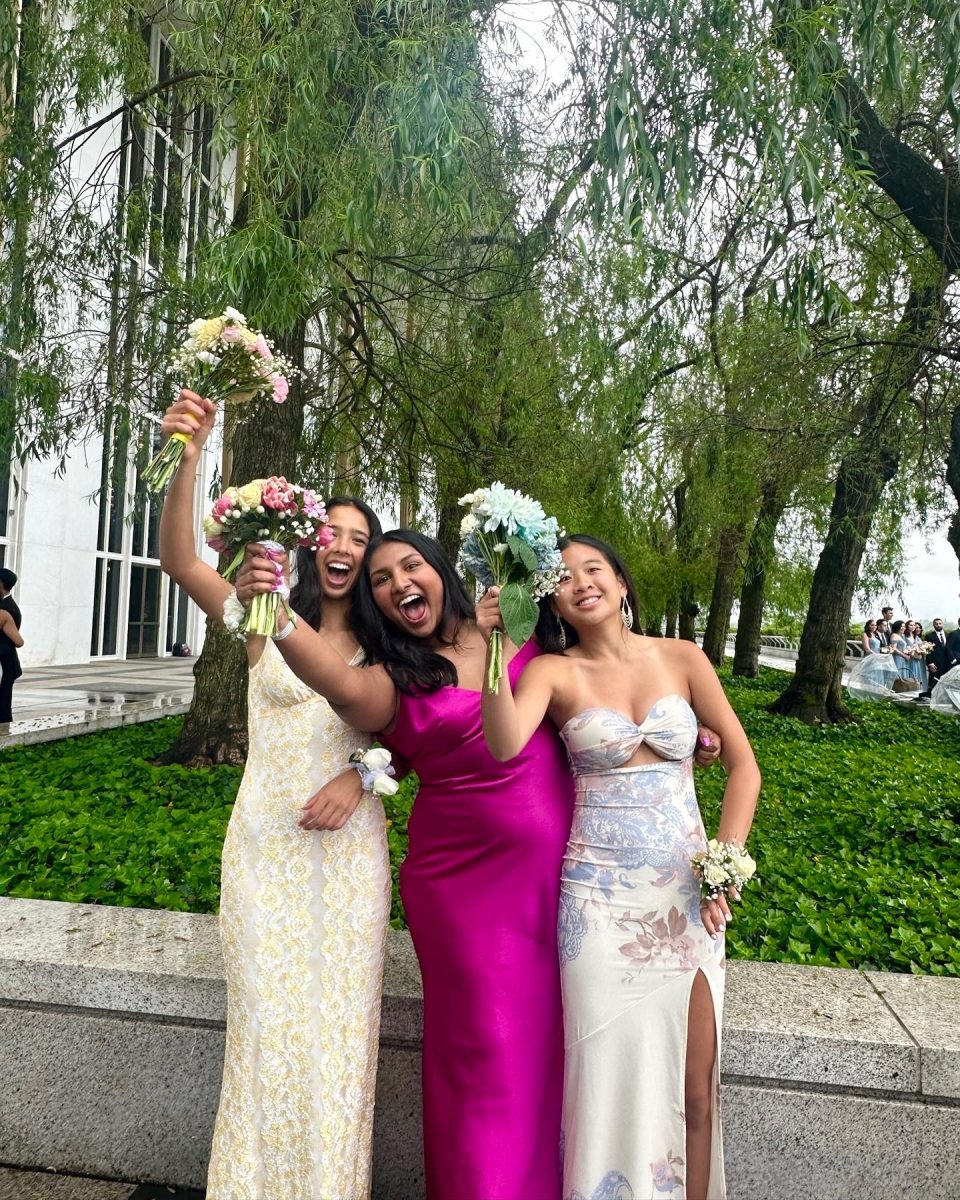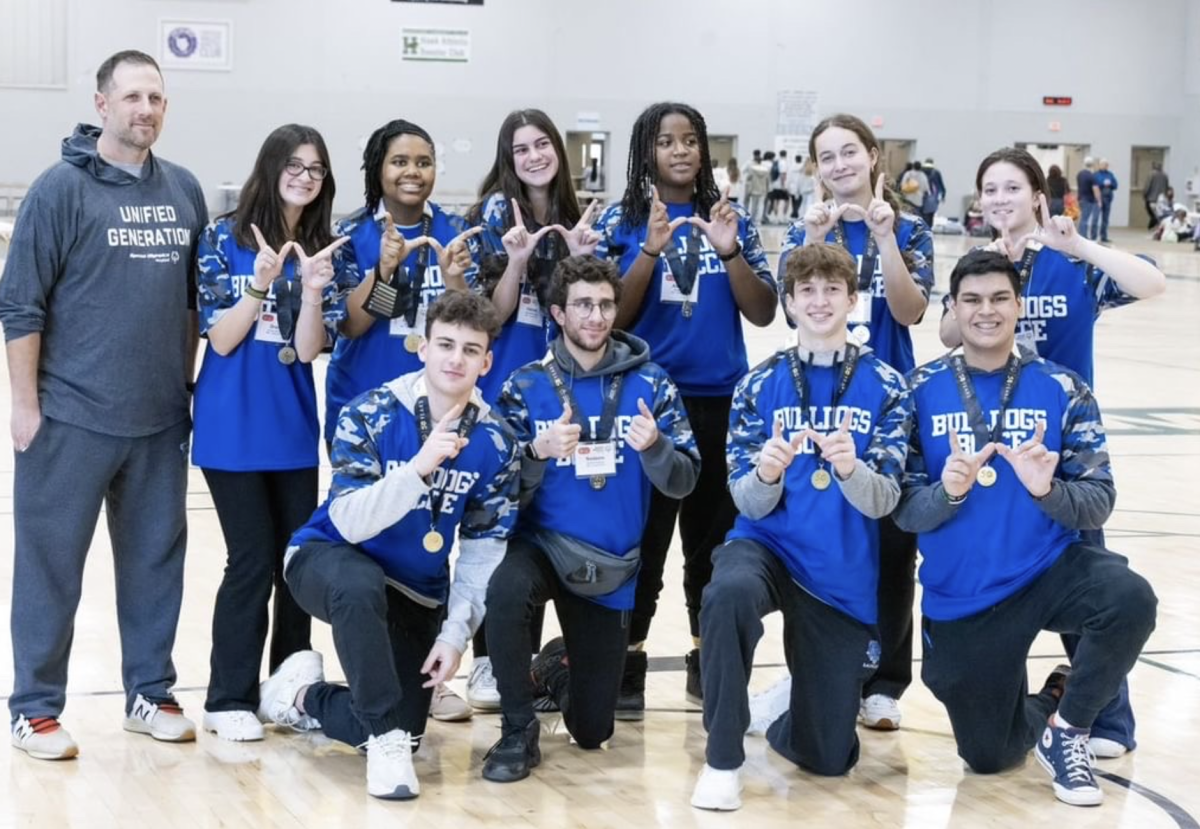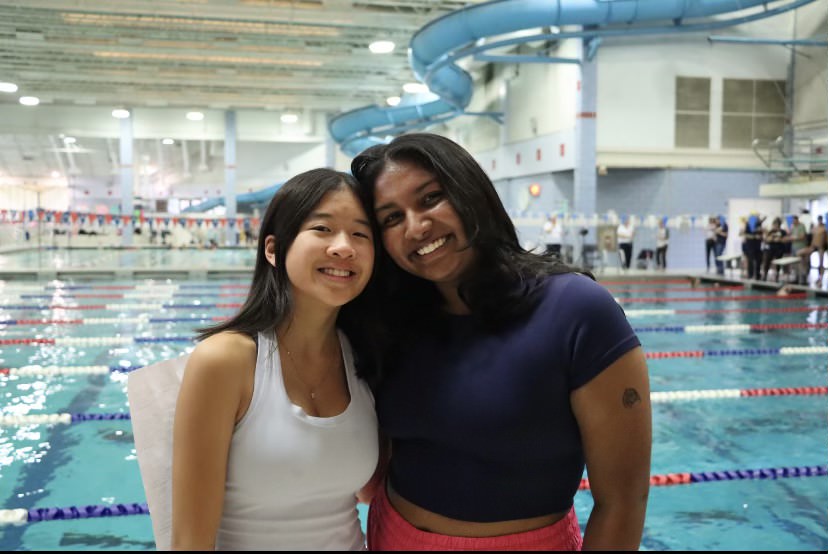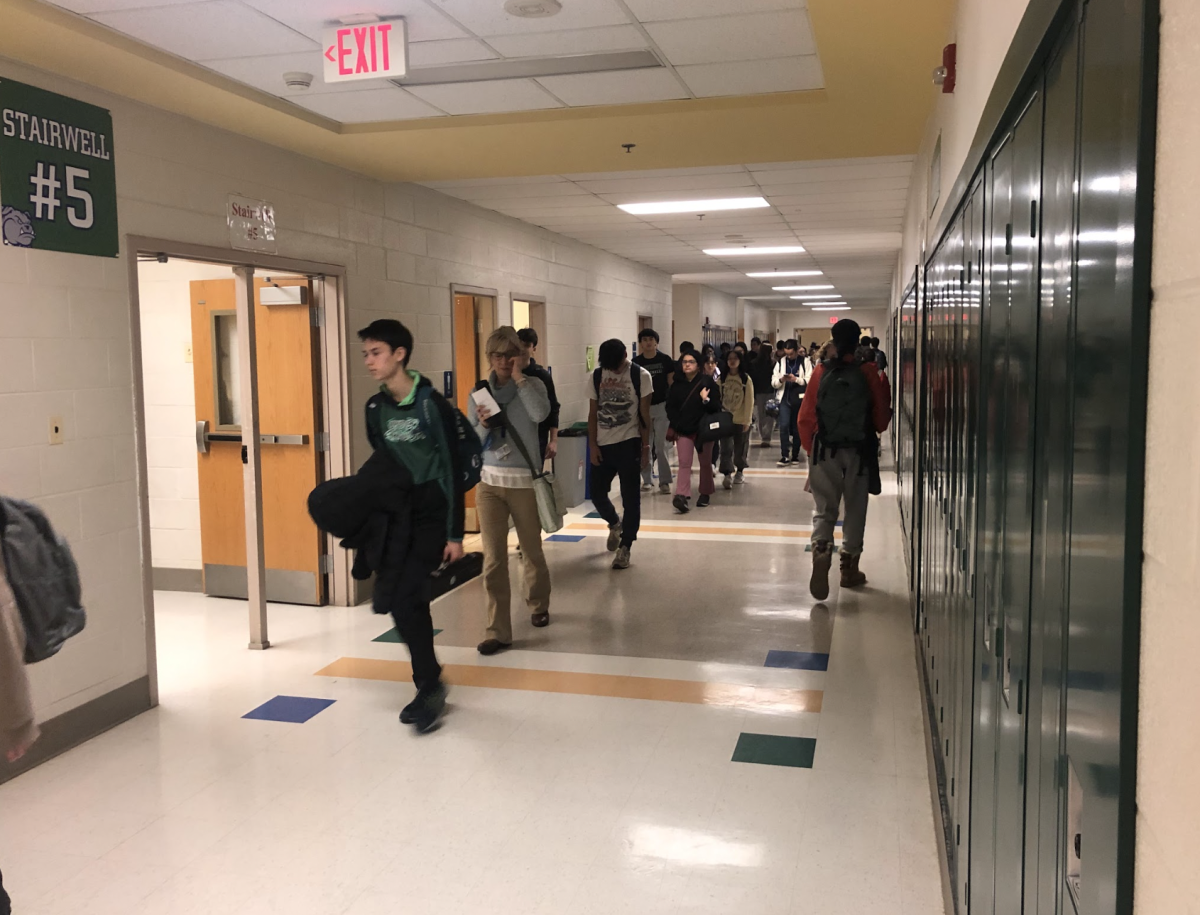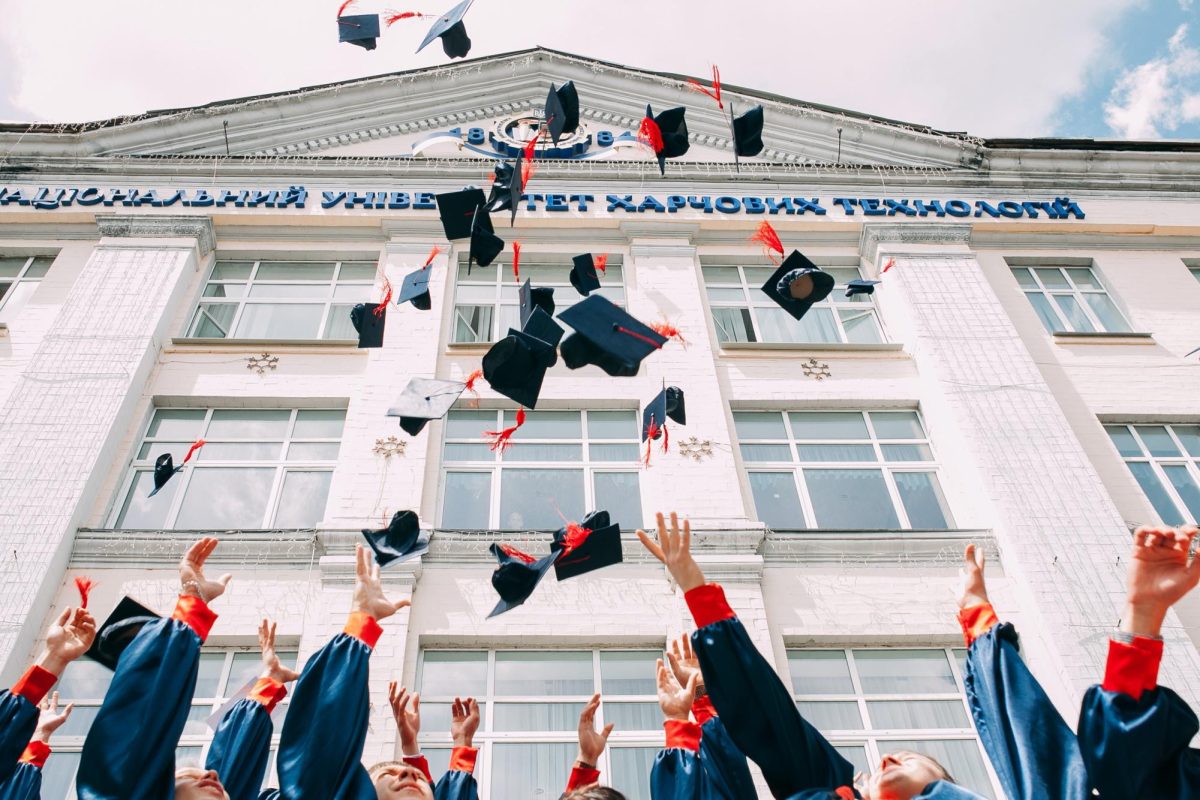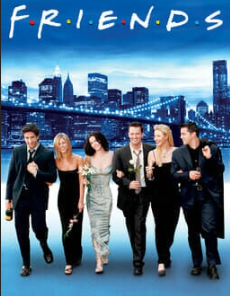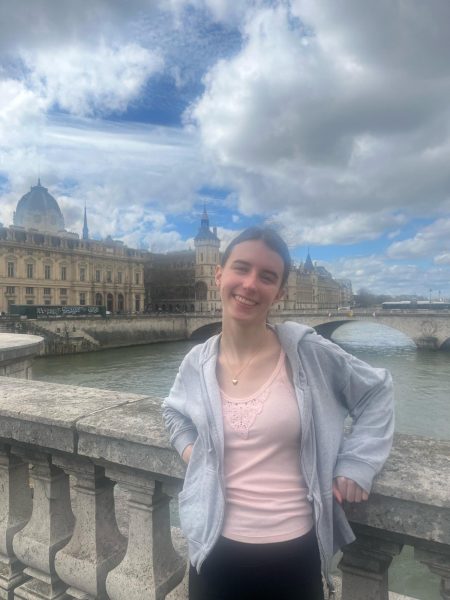Studio art and ceramics: the two classes that come to most WCHS students’ minds when they think about art classes. Many at WCHS see their art credit as a chore that takes away from ‘more important’ classes like math and science. Students often don’t realize that WCHS offers a wide variety of art classes, from Art History to Fashion Production, that help teach students essential life skills and give them a better understanding of the world.
Students may be unaware that WCHS offers fashion classes where students can earn their art credit. These classes have existed for around ten years at WCHS and have slowly evolved as they have gained popularity. These classes are still smaller in comparison to studio art and ceramics, with fashion production having two full classes of 36 students last year and fashion illustration having one class of 27 students this year. Despite this, these classes continue to grow from their humble beginnings.
“These classes were implemented around 2013,” Tiffany Carmi, who teaches both fashion production and illustration said. “At the time, the studio art teacher taught it and there was a very small group that had piloted it. Each year it gets a little bigger. When I started I had five machines in the back of a studio art room that were shared. This year, we finally got our own classroom, our own space and our own sewing machines.”
Carmi hopes that since the fashion classes now have their own classroom in the center of the school, they can continue to grow. However, fashion-related classes are not the only little-known art classes offered at WCHS. Another is AP Art History (APAH). Unlike other art classes, it does not focus on students producing art. It instead examines works of art throughout history through largely lecture-based classes focusing on different time periods and cultures.
“The focus of art history is answering the question of ‘what is art’ and then looking at human nature and how humans have evolved through the use of art,” APAH teacher Jillian Tebay said. “The way I teach it is through discussions, games and things like that. But there is also so much information to cover that there is a lot of memorization involved in the class.”
Many who know of this class do not fully understand the ‘point’ of it, and something similar can be said about all art classes at WCHS. Many students believe that art classes like APAH are unnecessary compared to other core classes like math or science, but art classes are important in helping students build an understanding of the world. Art reflects the world, and by creating and understanding it, students can better understand society around them.
“Art is seen as an accessory or an extracurricular, and not a necessity, throughout the US,” Tebay said. “A big part of my own philosophy is that art is a necessity. In art history, we discuss paleolithic and neolithic art. We know that people have been creating art for centuries, before there were any stabilized government societies. So, it is a human necessity to want to create and to create.”
Not only do art classes help students understand the world around them, they also help students build important life skills. Art classes often allow students to foster independence by giving them freedom to choose how to create their projects. This independence allows students to learn and grow on their own time. Fashion production is one of the best examples of this.
“The life skill of being able to hem and sew your own stuff is so important,” Carmi said. “But the other part is the amount of math and literacy that has to go into fashion. Taking and finding measurements, [as well as] my advanced classes drafting patterns from angle measurements, is so important.”
For students interested in any kind of art, they should research what art classes WCHS offers as they may be surprised by the variety. These classes offer students so many different learning opportunities and are a meaningful part of their education.
“Enjoy the challenge — enjoy learning something new than the other things we learn at this school.” Tebay said. “In this school, students are constantly made to learn classes like math, science and history. Enjoy something that’s going to be a challenge in a different way, in a different context. Learn something new and enjoy it.”


